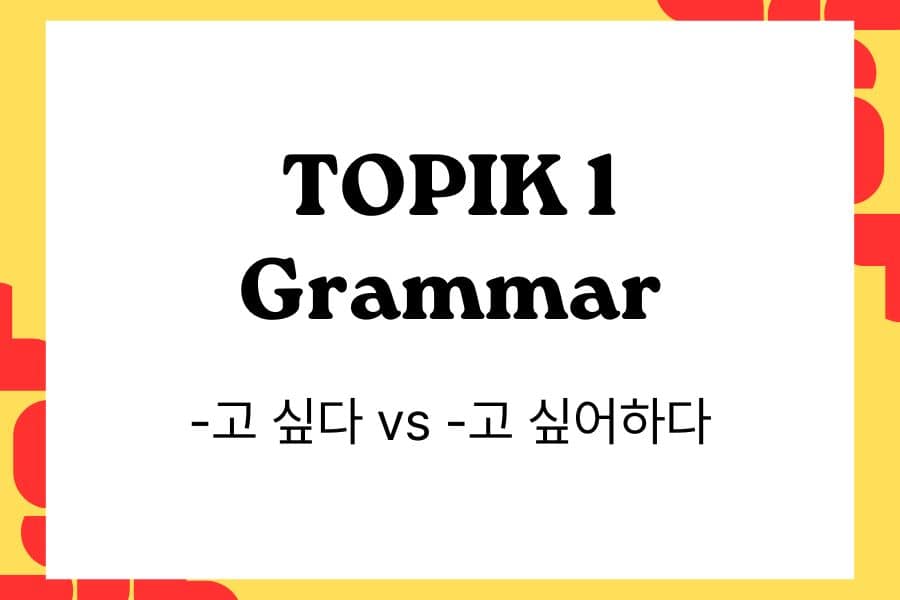
Introduction -고 싶다 vs -고 싶어하다 in TOPIK
Korean learners often get confused between -고 싶다 and -고 싶어하다 because both express “wanting” to do something. However, they are used in different situations depending on whether the speaker is talking about themselves or someone else.
📘Check out our book with real-style practice tests and detailed explanations for TOPIK 1.
In this post, we will carefully compare these two grammar points, provide natural Korean examples, and show how they appear in TOPIK 1 exam questions.
Grammar Focus – -고 싶다 vs -고 싶어하다
-고 싶다
-고 싶다 is used when the speaker expresses their own desire. It cannot be used to directly state what another person wants.
- Subject restriction: The subject is usually first person (I/we), or second person when asking a question.
- Usage: Common in everyday conversation and beginner-level Korean.
- Nuance: Expresses one’s personal wish or preference.
예문:
- 저는 한국 음식을 먹고 싶습니다.
- 주말에 영화를 보고 싶어요.
- 여행을 가고 싶다.
👉 Key Point: Use -고 싶다 for your own wishes or when asking someone else about their wishes.
-고 싶어하다
-고 싶어하다 is used when describing another person’s desire. The subject cannot be the speaker themselves.
- Subject restriction: The subject is usually third person (he/she/they).
- Usage: Often used in narrative contexts, writing, or when observing someone else’s actions.
- Nuance: Shows that the speaker is guessing or observing another person’s feelings.
예문:
- 동생은 아이스크림을 먹고 싶어합니다.
- 친구가 한국에 가고 싶어해요.
- 학생들은 빨리 집에 가고 싶어합니다.
👉 Key Point: Use -고 싶어하다 when talking about someone else’s wishes.
How These Grammar Points Appear in TOPIK 1
In TOPIK 1, learners must clearly identify who the subject is. If the subject is I, the answer is usually -고 싶다. If the subject is he/she/they, the answer is -고 싶어하다.
Example Question 1 (Reading/Grammar)
저는 한국어를 잘 배우( ).
① 고 싶다
② 고 싶어하다
③ 고 있다
④ 게 되다
👉 Correct answer: ① 고 싶다
Example Question 2 (Reading/Grammar)
민수는 음악을 듣( ).
① 고 싶다
② 고 싶어하다
③ 고 있다
④ 게 되다
👉 Correct answer: ② 고 싶어하다
Example Question 3 (Listening/Integrated)
여: 주말에 뭐 하고 싶어요?
남: 저는 바다에 가( ).
① 고 싶다
② 고 싶어하다
③ 고 있다
④ 게 되다
👉 Correct answer: ① 고 싶다
Study Tip for TOPIK Learners
- Always check the subject of the sentence.
- “I / We” → -고 싶다
- “He / She / They” → -고 싶어하다
- In questions, the subject is often you, so the expected form is -고 싶다.
- Practice with multiple-choice problems and listening sections to recognize the difference quickly.
Confusing -고 싶다 and -고 싶어하다 is one of the most common mistakes in TOPIK 1. Remember: my own wish → -고 싶다, someone else’s wish → -고 싶어하다. With practice, you can avoid this trap and boost your score.
👉 Want to master more Korean grammar for TOPIK? Keep learning with us!
👉 Ready to test yourself?
📘Check out our book with real-style practice tests and detailed explanations for TOPIK 1.

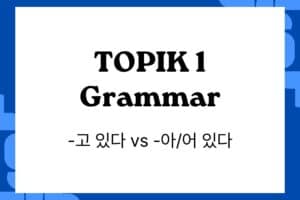
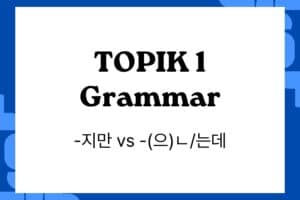
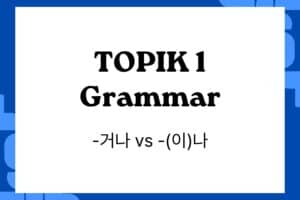
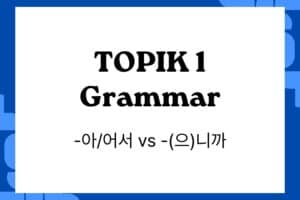
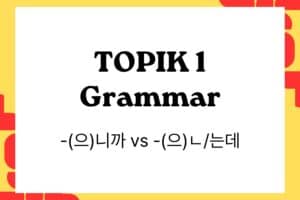
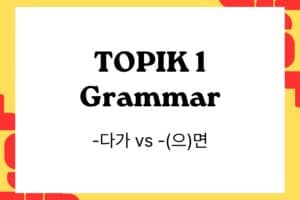
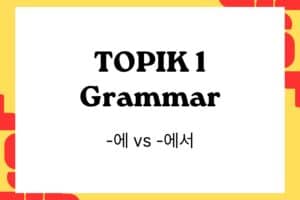
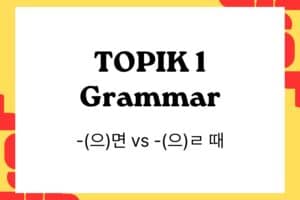
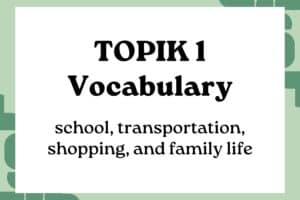
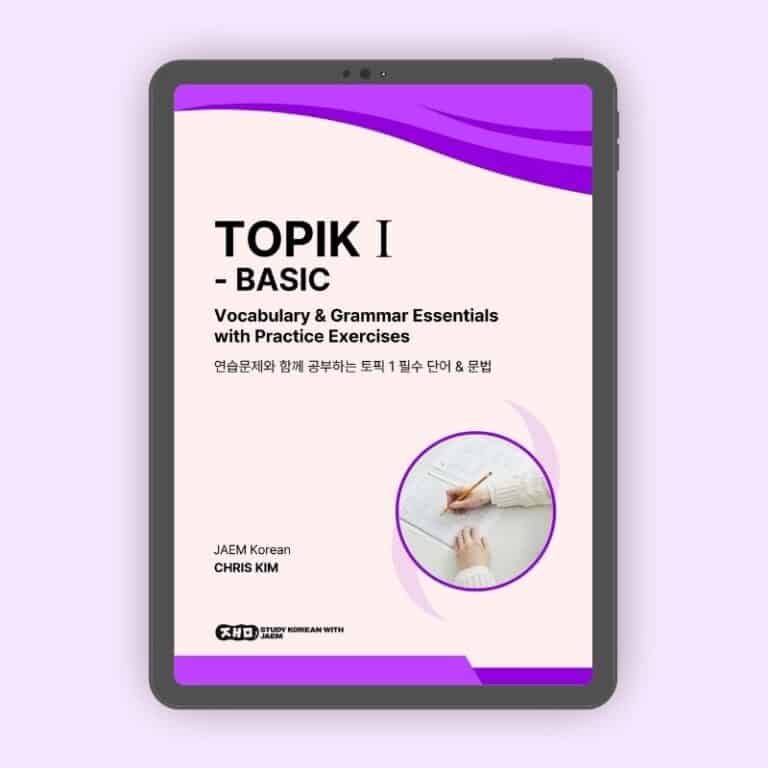
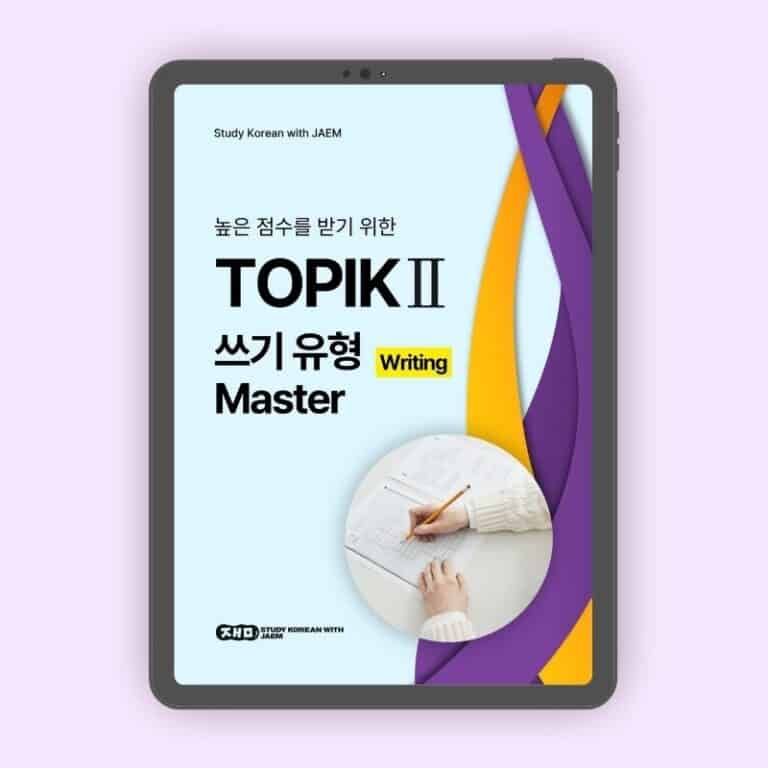


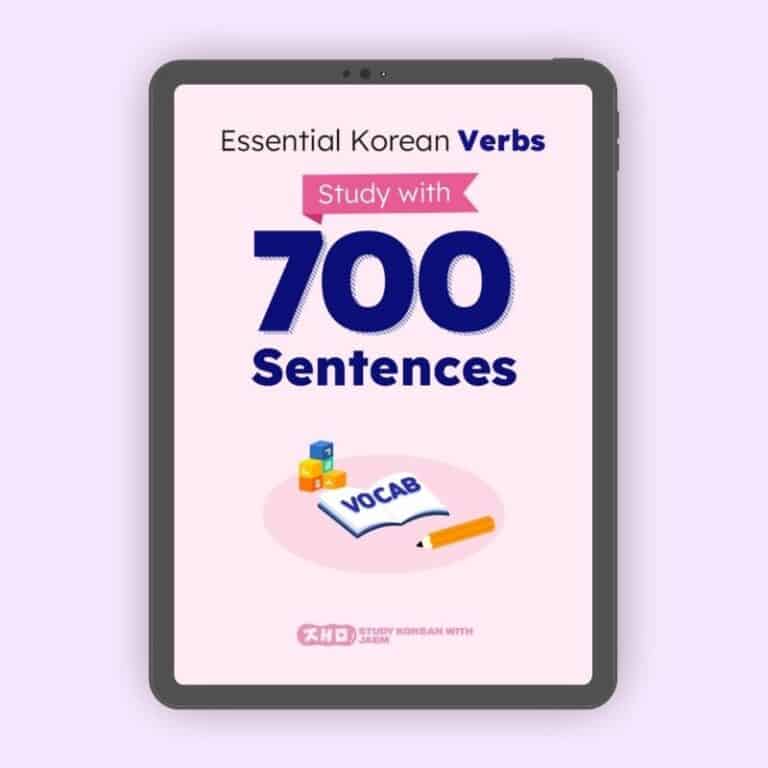


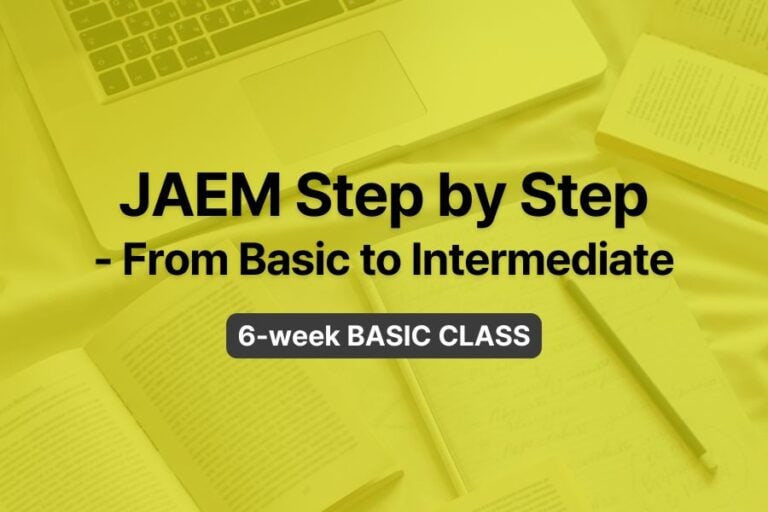
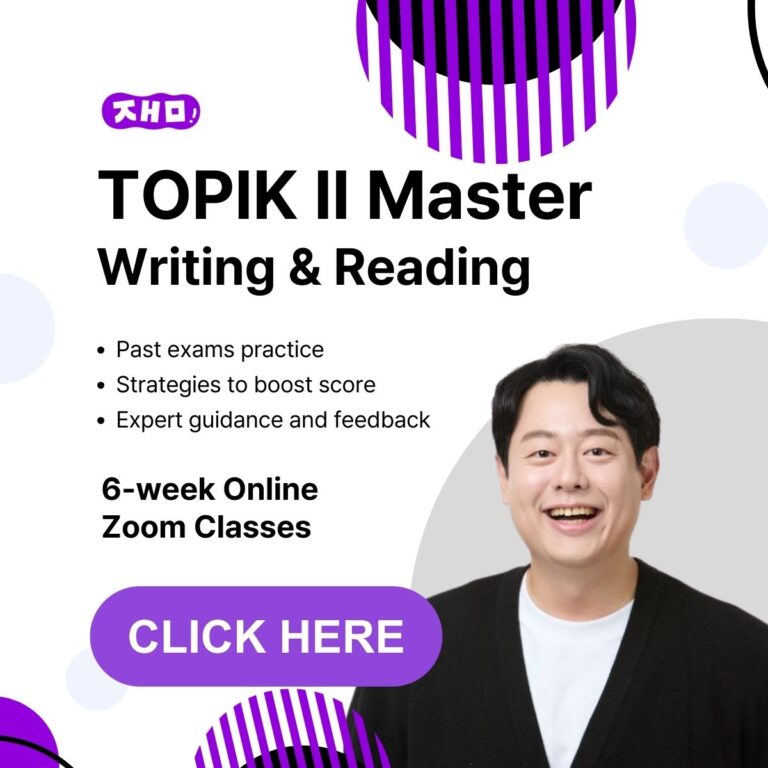
Responses